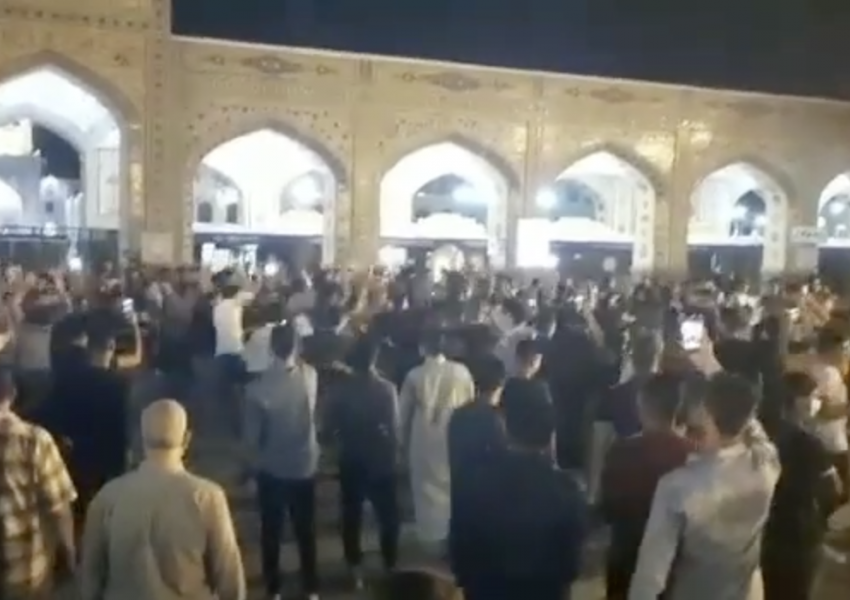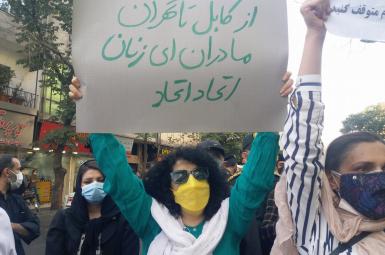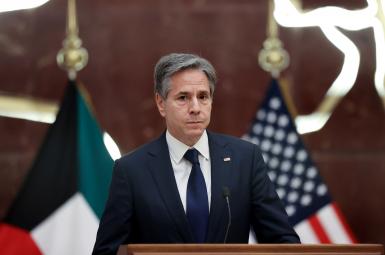
Protests In Iran's Oil-Rich Region Reignite For Third Consecutive Night
Protests in Iran’s oil-rich Khuzestan Province reignited Saturday night for the third consecutive day, as residents demand water and an end to government mismanagement.
Videos received by Iran International and reports on social media show large protests in several cities and towns, with security forces deploying personnel and special anti-riot vehicles to stop protest marches. There were more reports of clashes between demostrators and security forces Staurday night in the previous two days.
Susangerd, a city of 120,000 and the industrial city of Shush (ancient Susa) witnessed large protests by residents who are frustrated by lack of water amid above 100-degree temperatures. There are also protests in the city of Ahvaz, the capital of Khuzestan and half a dozen other locations.
Residents reported disruptions of internet services by the authorities, a practice to prevent news and images to leak out to the world.
Protesters blocking roads in Shush
Iran is in the grips of a bad drought this year because of a 50 percent reduction in precipitation last winter and spring. But angry people blame the government for years of mismanaging water resources and other infrastructure. Building unnecessary dams and diverting water to other regions have created a crisis in Khuzestan which once had plenty of water with four main rivers feeding the area.
In one video sent to Iran International, a citizen says security forces have deployed in Shush but he adds that there is little they can do to stop the protesters. Images show mostly young people marching and shouting slogans, in both Persian and Arabic. The province has a mixed population, but Arabic speakers are a large part of it.
Protesters also closed many key roads and highways for the third night in a row by burning tires and parling large vehicles to block access. As people gathered in front of a government building in Shush, security forces tried to disperse the crowd, by protesters attacked a vehicle belonging to Basij paramilitary and overturned it.
Khuzestan supplies almost all of Iran’s oil and is also home to many petrochemical plants, which provide export revenues to the government amid US crude oil sanctions. Already, thousands of oil, gas and refinery contract workers have been on strike for almost four weeks for low wages and other grievances.
There were reports last week that in many Khuzestan villages and elsewhere in Iran the rural population is forced to buy water from tankers just for their personal needs. Iranian officials have said that 8,000 villages in the country have severe or serious water shortage and rely on tanker deliveries.
So far, two and possibly three people have been killed in the protests and many ordinary citizens blame the security forces. If authorities decide to order their forces to open indiscriminate fire at demonstrates and repeat the killings of November 2019, protests might intensify and spread to other parts of the country








